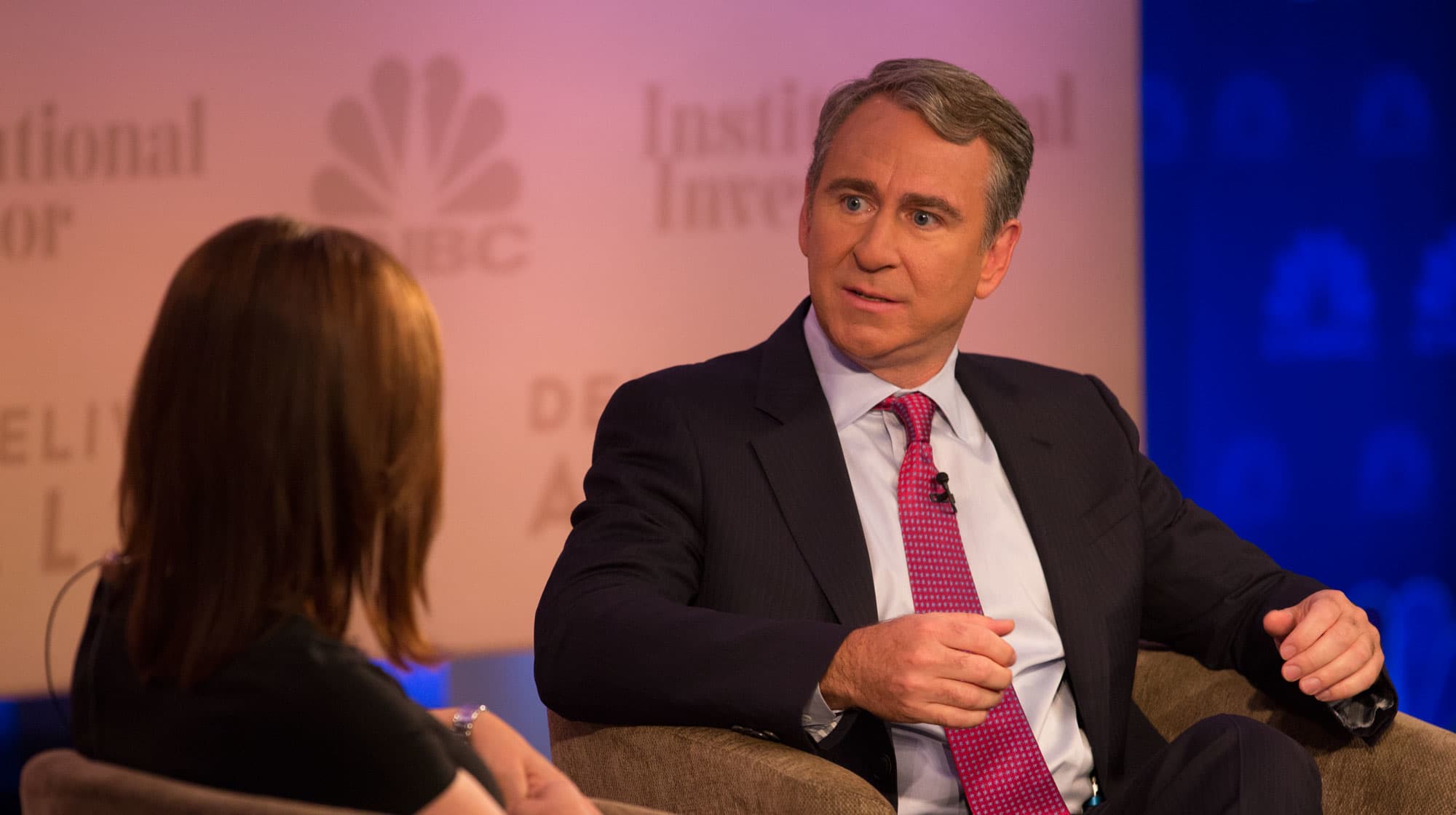Global debt surged to a record $250 trillion in the first half of 2019, led by the US and China
PUBLISHED FRI, NOV 15 2019 4:09 AM EST
UPDATED FRI, NOV 15 2019 12:32 PM EST
SHARE
KEY POINTS
- The report, released by the International Institute of Finance (IIF) on Thursday, showed that global debt surged by $7.5 trillion in the first six months of 2019.
- Rising debt across the world has been a big concern for investors and has also been flagged as the next breaking point by a number of economists.
- The IIF states that global government debt will top $70 trillion in 2019, up from $65.7 trillion in 2018, driven higher by the surge in U.S. federal debt.
Global debt hit a record high of over $250 trillion in the first half of this year, led by a surge in borrowings in the U.S. and China, according to a new report.
The report, released by the International Institute of Finance (IIF) on Thursday, showed that global debt surged by $7.5 trillion in the first six months of 2019. The IIF said the overall number hit $250.9 trillion at the end of this period, and will exceed $255 trillion by the end of 2019.
"China and the U.S. accounted for over 60% of the increase. Similarly, EM debt also hit a new record of $71.4 trillion (220% of GDP). With few signs of slowdown in the pace of debt accumulation, we estimate that global debt will surpass $255 trillion this year," the IIF said in the report.
Rising debt across the world has been a big concern for investors and has also been flagged as the next breaking point by a number of economists. Record-low interest rates make it extremely easy for corporates and sovereigns to borrow more money.
"However, with diminishing scope for further monetary easing in many parts of the world, countries with high levels of government debt (Italy, Lebanon) — as well as those where government debt is growing rapidly (Argentina, Brazil, South Africa, and Greece) — may find it harder to turn to fiscal stimulus," the IIF report stated.
The International Monetary Fund (IMF) last month escalated its warnings about high levels of risky corporate debt, which have been exacerbated by persistent low interest rates from central banks. The IMF warned that almost 40%, or around $19 trillion, of the corporate debt in major economies such as the U.S., China, Japan, Germany, Britain, France, Italy and Spain was at risk of default in the event of another global economic downturn.
'Pretty sustainable picture'
However, central bankers don't seem very worried by these rising debts. On Thursday, Federal Reserve Chairman Jerome Powell said he does not see signs of any bubbles brewing or immediate dangers being posed by trillion-dollar deficits.
"If you look at today's economy, there's nothing that's really booming now that would want to bust," Powell said in testimony before the House Budget Committee. "In other words, it's a pretty sustainable picture."
However, the report from IIF paints a different picture. It states that global government debt will top $70 trillion in 2019, up from $65.7 trillion in 2018, driven higher by the surge in U.S. federal debt.
"The big increase in global debt over the past decade — over $70 trillion — has been driven mainly by governments and the non-financial corporate sector (each up by some $27 trillion). For mature markets, the rise has mainly been in general government debt (up $17 trillion to over $52 trillion). However, for emerging markets the bulk of the rise has been in non-financial corporate debt (up $20 trillion to over $30 trillion)."
The IIF cites the deepening of global bond markets as the reason for the rise in debt levels. The global bond markets increased from $87 trillion in 2009 to over $115 trillion in mid-2019. The growth was mostly seen in the government bond market — which now make up 47% of global bond markets compared to 40% in 2009.
"The bond universe has grown most rapidly in emerging markets, swelling by over $17 trillion to near $28 trillion since 2009," the report stated.
Global government bond market, especially the so-called safe-haven assets such as U.S. Treasurys have been very crowded lately as investors rush to safer assets amid uncertainty due to Brexit, a global growth slowdown and President Donald Trump's impeachment inquiry in the U.S.
TRENDING NOW






No comments:
Post a Comment